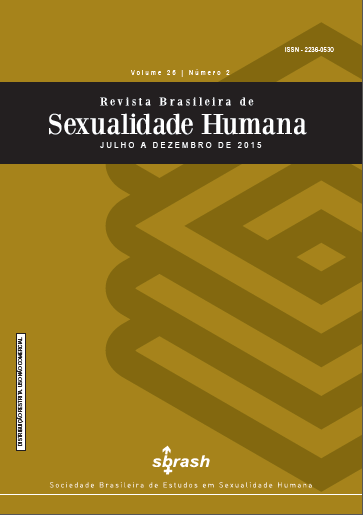ANTIDEPRESSANTS AND SEXUALITY
A REVIEW
DOI:
https://doi.org/10.35919/rbsh.v26i2.137Keywords:
antidepressants, sexual response, sexual dysfunctions, managementAbstract
The actions of the antidepressants (ADs) were studied in each phase of the sexual response. The dopaminergic ADs can facilitate desire, arousal and orgasm. Anticholinergics inhibit parasympathetic excitement. Anti-α1 adrenergics inhibit orgasm by inhibiting sperm issue. Antihistamines1 (anti-H1) cause drowsiness which undermines desire and arousal. ADs that stimulate postsynaptic receptor 5HT2A have the following effects: decreased dopamine in the mesolimbic pleasure centers causing decreased desire, increase prolactin causing decreased desire and arousal, inhibit the action of nitric oxide (NO) which difficults arousal, cause genital anesthesia, inhibit medullary reflex of sperm issue inhibiting the orgasm. Some ADs cause less sexual dysfunction (SD): Bupropion, Agomelatine and Vilazodone because they stimulate dopamine; Mirtazapine and Nefazodone because they antagonize the post synaptic receptor 5HT2A; Moclobemide because it seems that dopaminergic and noradrenergic increases compensate serotoninergic increase; Reboxetine because it is noradrenergic; Tianeptine because it seems to stimulate dopamine and don’t stimulate the 5HT2A receptor. When an AD causes SD we can first wait because its effect can resolve spontaneously. A second approach is to decrease the dose of medication. A third is to take a drug interval. A fourth is to swap the AD. A fifth is to add another drug to the AD. We can use dopaminergic, anti serotoninergic, cholinergic drugs, fosfodiestare5 inhibitors, Buspirone and others. The added drugs have only partial and transient effectiveness in improving sexual dysfunction.



